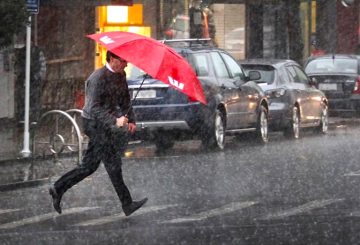移民大臣は、熟練移民とその親の居住経路が再開されたと発表しました。
ポイント制の技能移民カテゴリー(SMC)ビザは、パンデミックが始まって以来申請を受け付けておらず、親カテゴリービザは2016年以降申請を受け付けていません。
大臣は、新しい制度が計画されている間、熟練移民カテゴリーのビザは現在の設定で再開し、新しいシステムを計画中であると述べています。160ポイントの移民を対象に11月9日に最初のセレクションが行われ、この日以降に必要ポイントが180ポイントに上昇する予定です。
熟練移民カテゴリーで通常受け入れられている職業の中には、先月申請を受け付けたグリーンリスト(特殊な職業や充足が難しい職業のための滞在経路)に移されました。
親カテゴリービザは、11月14日に再開されます。すでに列に並んでいる方を対象としています。
新しい関心表明の投票は10月12日に開始され、最初の選考は2023年8月に行われます。
親カテゴリービザの年間発給数は1000から2500に増加し、片親を支援するスポンサー1名の場合は中央値賃金の1.5倍、共同スポンサーの場合は中央値賃金の2倍という低い所得基準が採用されます(これまでの基準は、単独スポンサーの場合は中央値賃金の2倍、共同スポンサーの場合は中央値賃金の3倍でした)
また、兄弟姉妹が共同で申請できるようになります。
同大臣は、技能移住ビザの「簡素化された」新制度が計画されており、来年から開始される予定であると述べました。
新制度はまだ協議中だが、数に上限は設けず、移民には訓練や経験、資格、収入などの組み合わせによる合計6ポイントに達することが求められるとのことです。





























































